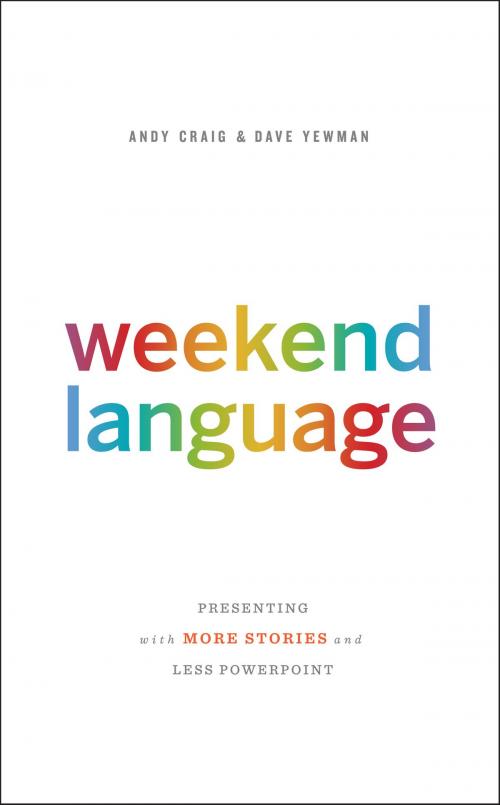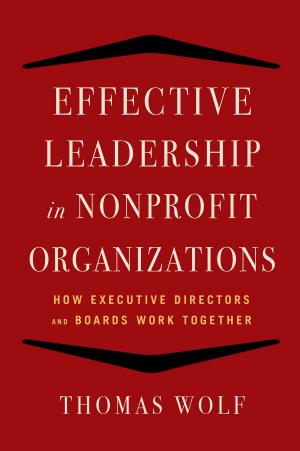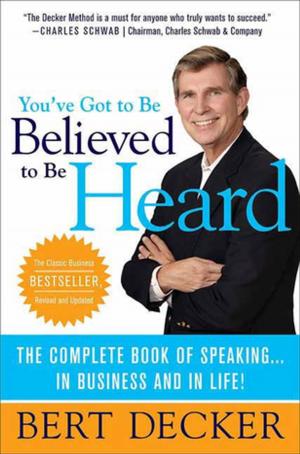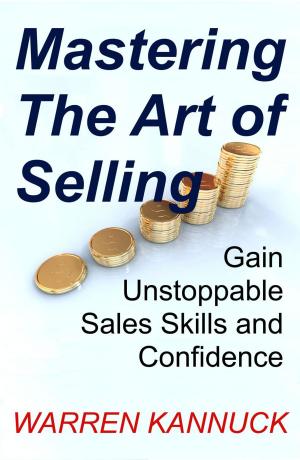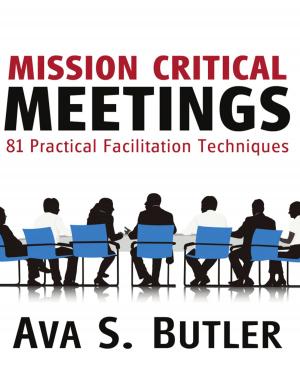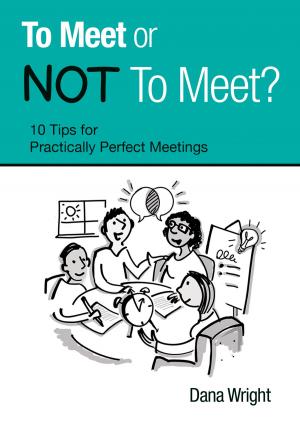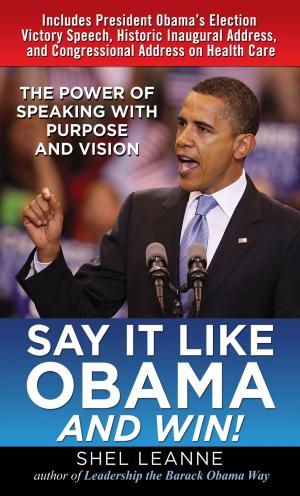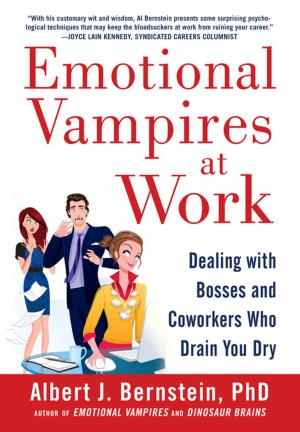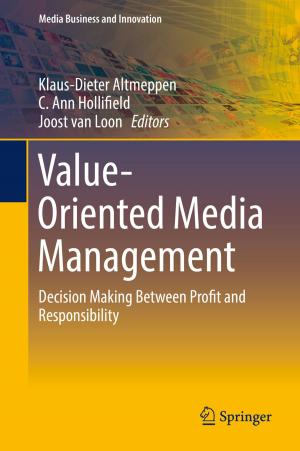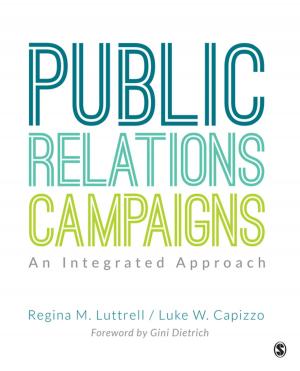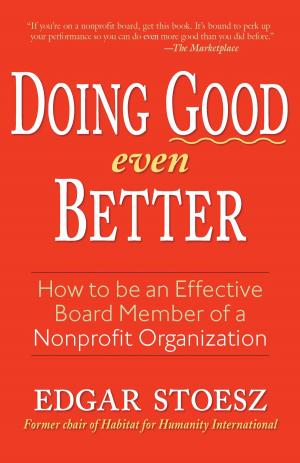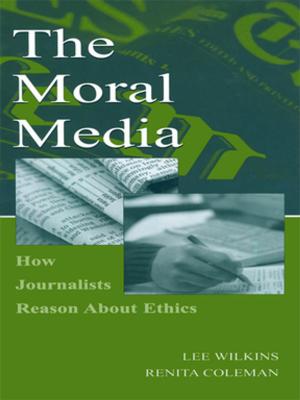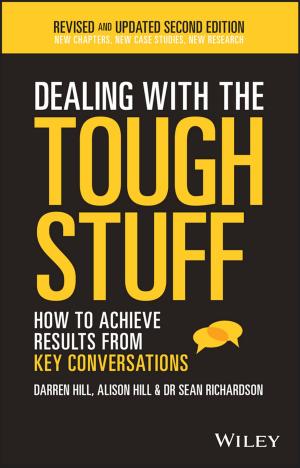Weekend Language
Presenting with More Stories and Less PowerPoint
Business & Finance, Business Reference, Business Communication| Author: | Andy Craig, Dave Yewman | ISBN: | 9780988595620 |
| Publisher: | DASH Consulting, Inc. | Publication: | November 27, 2013 |
| Imprint: | Language: | English |
| Author: | Andy Craig, Dave Yewman |
| ISBN: | 9780988595620 |
| Publisher: | DASH Consulting, Inc. |
| Publication: | November 27, 2013 |
| Imprint: | |
| Language: | English |
Think about it: on weekends, we’re all great communicators because our default is storytelling. When we go to a party on Saturday night, we don’t talk about how we optimized our calendar last Wednesday to monetize our mission-critical, best-of-breed, seamless-solution-provider business. (If you do, that’s probably why you haven’t been invited back to many parties). Instead we tell a story about something that happened on Wednesday. On the weekends our speech is conversational, simple, clear, and interesting. We speak in examples, anecdotes, and analogies. And what does our audience do with those stories? They engage. They ask questions. They laugh along. And then they walk across the room and say to their friends, neighbors, husbands, and wives, “Hey, you should hear what happened to Heidi last week. This is classic.” That’s the portable, sticky communication Chip and Dan Heath talked about in their bestseller, Made to Stick. Nothing “sticks” like a good story. But then Monday morning hits. We step into the office and downshift into product feature lists and ten-point plans (that no one cares about) full of jargon, “high-level” terms, non-words, and nonsense. And to punctuate this meaningless language, we beat the snot out of our audiences with 118-slide PowerPoint presentations chock-full of twelve bullet-pointed sentences per slide. Text is shrunk to ten-point fonts to make sure we can squeeze it all in. And if we’re feeling particularly frisky, we might even zoom in some clip art. This approach is generally called “Show Up and Throw Up” and leads to “Death by PowerPoint”— that syndrome affecting audience members who have to sit through 118 slides without any discernible point; that speech where people walk outside and think, “Well, that’s an hour of my life that I’ll never get back.” Audience members typically don’t remember anything from those types of presentations. But they do remember stories. Stories are the superglue of verbal communication and a staple of weekend language. The Heaths call stories the stickiest, most memorable, most portable form of communication. It sounds simple because it is, but it’s what separates meaningful, memorable communication from the pointless and forgettable PowerPoint-driven corporate blather we spew in the boardroom and during sales pitches Monday through Friday. The approach and techniques found in this book are designed to help you replicate your existing strengths as a weekend storyteller so you can drag them into your weekday presentations to and conversations with customers, partners, employees, and investors. In fact, we’ve put them to good use over the years as executive presentation and storytelling coaches at Google, adidas, Dell, Microsoft, Ingram Micro, OpenText, CA Technologies, Petrobras, Zurich Global Life Insurance, Bazaarvoice, Rackspace, Expedia, eHarmony, eBay, CBS, T-Mobile, Cook Medical, Sony, and many more.
Think about it: on weekends, we’re all great communicators because our default is storytelling. When we go to a party on Saturday night, we don’t talk about how we optimized our calendar last Wednesday to monetize our mission-critical, best-of-breed, seamless-solution-provider business. (If you do, that’s probably why you haven’t been invited back to many parties). Instead we tell a story about something that happened on Wednesday. On the weekends our speech is conversational, simple, clear, and interesting. We speak in examples, anecdotes, and analogies. And what does our audience do with those stories? They engage. They ask questions. They laugh along. And then they walk across the room and say to their friends, neighbors, husbands, and wives, “Hey, you should hear what happened to Heidi last week. This is classic.” That’s the portable, sticky communication Chip and Dan Heath talked about in their bestseller, Made to Stick. Nothing “sticks” like a good story. But then Monday morning hits. We step into the office and downshift into product feature lists and ten-point plans (that no one cares about) full of jargon, “high-level” terms, non-words, and nonsense. And to punctuate this meaningless language, we beat the snot out of our audiences with 118-slide PowerPoint presentations chock-full of twelve bullet-pointed sentences per slide. Text is shrunk to ten-point fonts to make sure we can squeeze it all in. And if we’re feeling particularly frisky, we might even zoom in some clip art. This approach is generally called “Show Up and Throw Up” and leads to “Death by PowerPoint”— that syndrome affecting audience members who have to sit through 118 slides without any discernible point; that speech where people walk outside and think, “Well, that’s an hour of my life that I’ll never get back.” Audience members typically don’t remember anything from those types of presentations. But they do remember stories. Stories are the superglue of verbal communication and a staple of weekend language. The Heaths call stories the stickiest, most memorable, most portable form of communication. It sounds simple because it is, but it’s what separates meaningful, memorable communication from the pointless and forgettable PowerPoint-driven corporate blather we spew in the boardroom and during sales pitches Monday through Friday. The approach and techniques found in this book are designed to help you replicate your existing strengths as a weekend storyteller so you can drag them into your weekday presentations to and conversations with customers, partners, employees, and investors. In fact, we’ve put them to good use over the years as executive presentation and storytelling coaches at Google, adidas, Dell, Microsoft, Ingram Micro, OpenText, CA Technologies, Petrobras, Zurich Global Life Insurance, Bazaarvoice, Rackspace, Expedia, eHarmony, eBay, CBS, T-Mobile, Cook Medical, Sony, and many more.
